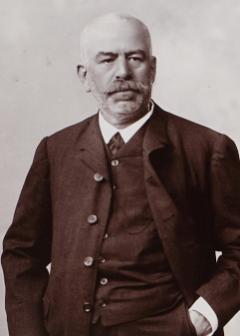Visitors’ policy
St Stephen ‘s Hall – The Marvel of the Buda Castle and The Hauszmann Story Continues exhibition
The purpose of the Visitor House Rules (hereinafter: House Rules) is to determine the behaviour of the persons (users and other users) of the exhibitions entitled St Stephen’s Hall – The Marvel of the Buda Castle (hereinafter referred to as St.Stephen’s Hall) and The Hauszmann Story Continues (hereinafter referred to as: Hauszmann Story) and the basic rules necessary for the implementation of cultural programmes at a high level. In order to ensure the undisturbed entertainment of our guests, we expect all employees and visitors to behave in a civilized manner in accordance with the rules of community and social coexistence.
Scope of the House Rules
The House Rules apply to visitors and staff members entering the area of St Stephen’s Hall and the Hauszmann Story, and everyone can visit the venues at their own risk.
Opening hours
St Stephen’s Hall: every day, between 10:00 and 18:00.
Hauszmann’s story: every day, between 10:00 and 18:00.
Budapest History Museum: every day, between 10:00 and 18:00.
Ticket office (St. Stephen’s Hall): every day, between 10:00 and 18:00. Tickets are issued until 17:15.
Museum shop (St. Stephen’s Hall): every day, between 10:00 and 18:00.
You can find out more about our exceptional opening hours on our official website szentistvanterem.hu/en
Purchasing tickets
The exhibitions can only be visited with a valid ticket.
Exceptions to this may include free programmes or programmes that require registration. St Stephen‘s Hall can be visited free of charge on national holidays with prior registration. The ticket only entitles you to enter within the time slot indicated. Tickets to the exhibitions can be purchased in person at the information points in the Buda Castle Palace District, at the ticket office of St Stephen’s Hall, and online on the pages of szit.jegy.hu and jegy.hu. The capacity of the exhibition is limited, so it is advisable to buy your ticket in advance, online, or in person, at the designated ticket offices.
In the case of online purchases, please print out the downloaded PDF file by clicking on the link received in the e-mail or make the file available on your mobile phone or tablet at the time of login. Tickets can only be refunded or exchanged for another date if the program is cancelled. In the case of a purchase made at the wrong time, or in the case of a visitor’s delay or absence for any other reason, the ticket cannot be refunded. If the program is cancelled, tickets purchased in person can be refunded at the ticket office, and tickets purchased online will be refunded by InterTicket Kft. by the time specified on the website.
Entry
Please arrive at the exhibition venue 15 minutes before the booked time. We are not able to admit latecomers. In the area of St Stephen‘s Hall and the Hauszmann Story, health and safety regulations must be followed in accordance with the legislation and government recommendations in force at all times, for which Várkapitányság Nonprofit Zrt. may establish stricter rules on a case-by-case basis (e.g. bag inspections). For fire safety as well as artwork and property protection reasons, the number of people inside at one time is restricted at the exhibitions. Entry is therefore divided into time slots to ensure the smooth operation of the exhibition. Both exhibitions can be visited with a pushchair, as long as the child remains in the seat. Children under the age of two may only be brought into the exhibition space in a pushchair or in a baby carrier attached to the front of the body. St Stephen’s Hall and the Hauszmann Story can be visited by wheelchair users.
Exhibition space
Please do not touch the artworks, installations, non-touch screen equipment or appliances and always maintain a distance of at least 30 centimetres from them. In the exhibition space, it is forbidden to sit on the windowsill, open the window, close the door, or use the light or any other switches.
Building use
The spaces of St. Stephen’s Hall and the Hauszmann Story are not open to people under the influence of alcohol or in a state of intoxication, or to those arriving in conspicuously inadequate or inappropriate clothing (e.g. in a swimsuit, with the upper body uncovered, barefoot). If a visitor disturbs other visitors with their appearance or inappropriate behaviour, the staff of St Stephen’s Hall and the Hauszmann Story may ask the person to leave the building. The toilets and changing facilities can be used free of charge. Visitors are obliged to use the rooms of St. Stephen’s Hall and the Hauszmann Story in accordance with their intended purpose and to keep the environment in order, as well as to protect and treat the assets and equipment in the building as well as the building itself in accordance with the regulations. In the event of an emergency (e.g. natural disaster, fire, bomb scare, etc.), the visitor is obliged to strictly follow the instructions of the staff working at the exhibition. It is prohibited to bring food and drink, or objects of a size that may block escape routes (e.g. small motorcycles, scooters, large musical instruments, etc.) into the exhibition spaces. It is forbidden to bring flammable and explosive materials into and around the buildings of St.Stephen’s Hall and the Hauszmann Story. In the event that the visitor’s conduct is contrary to the law or these House Rules (e.g. smoking, causing a fire, unjustified use of a manual fire alarm) and triggers the automatic fire alarm system, or the fire brigade is deployed to the scene,the person causing the fire or the start of the alarm system shall be obliged to reimburse the related costs and damages within 5 working days of the date of the relevant notice.
Smoking
Smoking is prohibited in the entire area of St Stephen’s Hall and the Hauszmann story. The use of electronic cigarettes is also not permitted. Smoking is only permitted in the designated outdoor areas. The provisions of Act XLII of 1999 on the Protection of Non-Smokers and on Certain Rules of the Consumption and Distribution of Tobacco Products apply to the area of St Stephen’s Hall and the Hauszmann Story.
Image and sound recording, photography
In St Stephen’s Hall, it is permitted to take pictures and videos without flash. Video and audio recordings are prohibited during a personal guided tour.
Approach
Address: 1014 Budapest, 2 Szent György Square., the South Passage is located between Buildings E and F of the Buda Castle.
Entrance from Lion Court. The main entrance of the exhibition is shared with the Budapest History Museum – Castle Museum.
The main entrance of the Budapest History Museum – Castle Museum and St. Stephen’s Hall opening from Lion Court:
- from Dísz Square, from the stop of buses 16, 16A, 116 and 216, it can be reached on foot,
with a short walkalong Szent György Street, - it can be reached by the lifts of Tabán from Dózsa György Square/ Palota Road by
walking up from the bus stops 5 and 216, or tram stops 56,56A, then at the level of the
Riding Hall by using the NSZL lift, Stöckl stairway or Hauszmann ramp, - it can be reached from the Danube Bank or Clark Ádám Square through the Castle
Garden Bazaar, or by the Buda Castle Funicular, and then through Hunyadi Court.
Parking
We recommend using public transport. For visitors arriving by car, we recommend the parking spaces of the Castle Garage II (Palota Road), which has a limited capacity. If the garage is full, no further access is possible. For more information on parking rates, see https://www.budavaripalotanegyed.hu/en/useful-info/parking
Please plan your trip in advance, up-to-date information can be found on the page of bkk.hu.
Cloakroom
The use of cloakroom lockers is mandatory at exhibitions. The use of the lockers is free of charge. The lockers can be used with a 100-forint coin, a € 1 coin, or any token of the same size. The loss of the cloakroom locker key will result in the demand for a compensation fee of HUF 6,000. Backpacks, umbrellas, large bags and coats are prohibited in the exhibition spaces. Small backpacks can only be carried on your front or in your hand. If the cloakrooms are full, backpacks can be taken in wearing the backpack on your front, and jackets can be worn or carried over the arm.
It is prohibited to bring in bottles, food, drinks, children’s toys, knives or cutting tools, or anything that endangers the physical integrity and safety of visitors and employees, or the condition of the works of art. It is forbidden to bring in bicycles, scooters, skateboards, roller skates, segways and other vehicles or animals (except for guide dogs).
Accidents
If you notice any danger or accident, please notify the security staff. In the event of an extraordinary event (e.g. natural disaster, fire, bomb scare, etc.), the visitor is obliged to follow the instructions of the staff of the institution.
Other provisions
We do not take responsibility for valuables left in the area of St Stephen’s Hall and the Hauszmann story. Assistance with lost items can be obtained from colleagues working at the ticket information desk or at the following e-mail address: info@szentistvanterem.hu.
Guided tours can only be held by the guides of the Várkapitányság Nonprofit Zrt.
Press inquiries
Inquiries regarding St Stephen’s Hall and the Hauszmann story are accepted at the sajto@varkapitanysag.hu email address.
All visitors are obliged to do everything they can to protect their own and others’ lives, physical integrity, and the property of others, as well as to protect and avoid endangering the building, equipment and assets of St Stephen’s Hall and the Hauszmann story.
The above are the regulations of the House Rules. Any visitor who violates these House Rules may be banned from the building for a specified period of time or permanently after a warning, and an official procedure may be initiated against that person. The person who violated the House Rules or the person responsible for the person who violated the House Rules is responsible for any damage resulting from the violation of the House Rules. If the violation of the House Rules also constitutes a violation of the law, the person who violated the House Rules or the person responsible for the person who violated the House Rules bears the legal responsibility and is liable for any legal sanctions.
The rules for the processing of personal data related to the provisions of these House Rules http://varkapitanysag.hu/adatkezelesi-tajekoztato are contained in the data processing information published on the http://varkapitanysag.hu/adatkezelesi-tajekoztato website and at the headquarters of the Várkapitányság Nonprofit Zrt.
The observance of the House Rules is in the public interest, we request the assistance of all our guests.



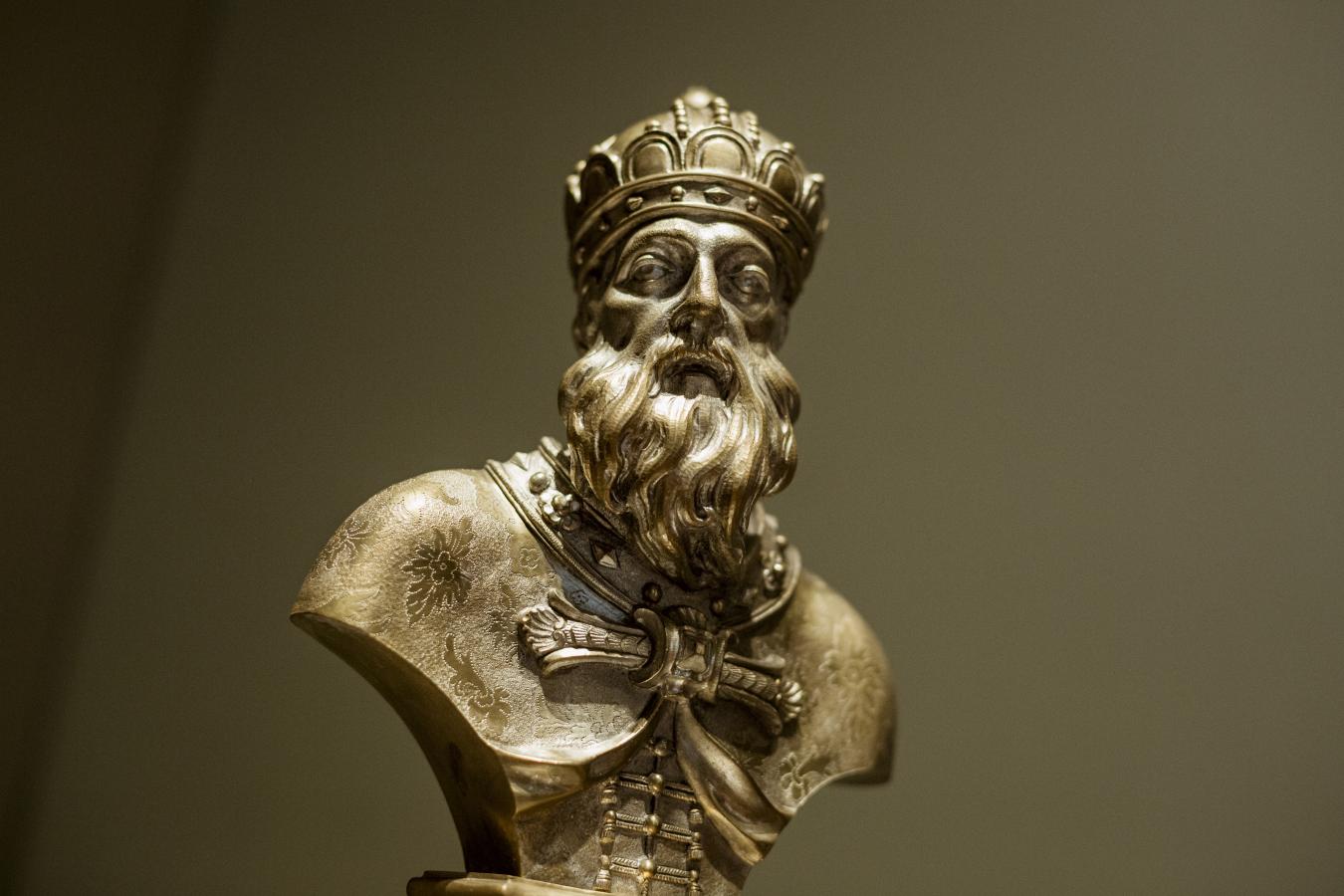
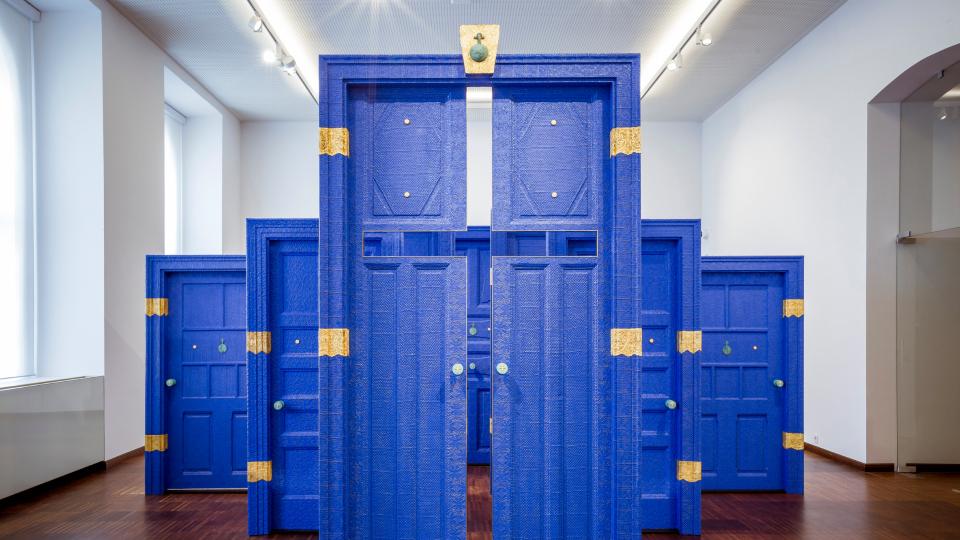

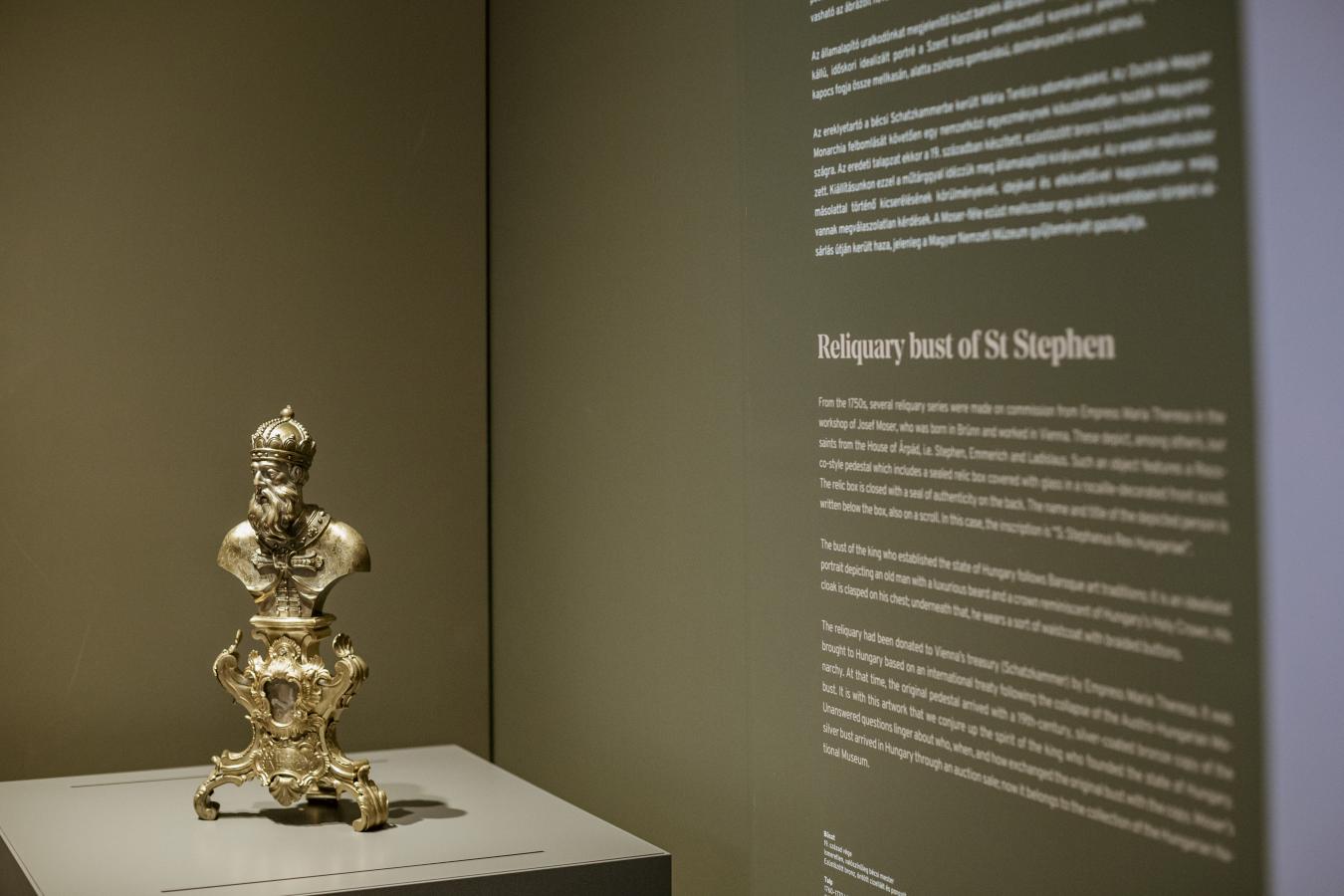


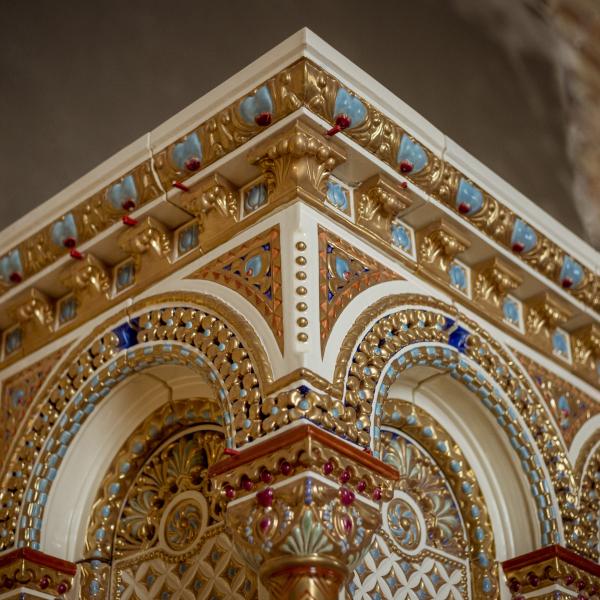
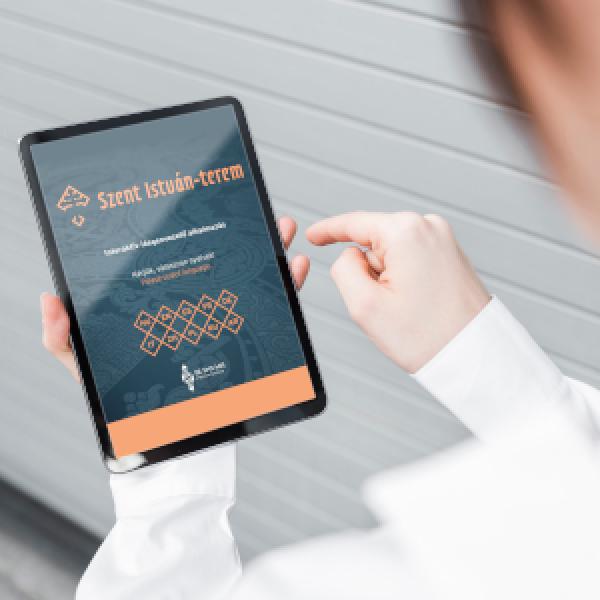

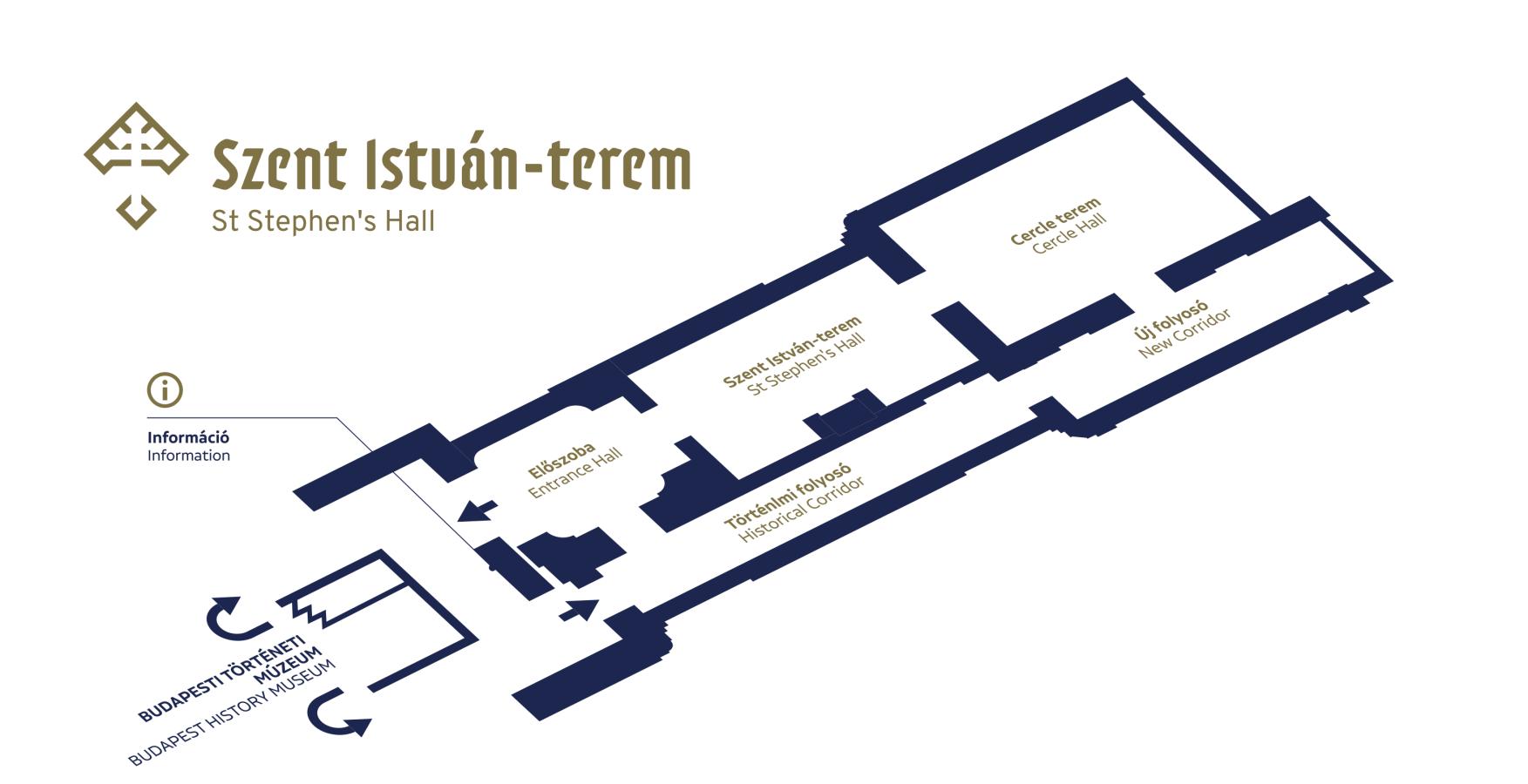
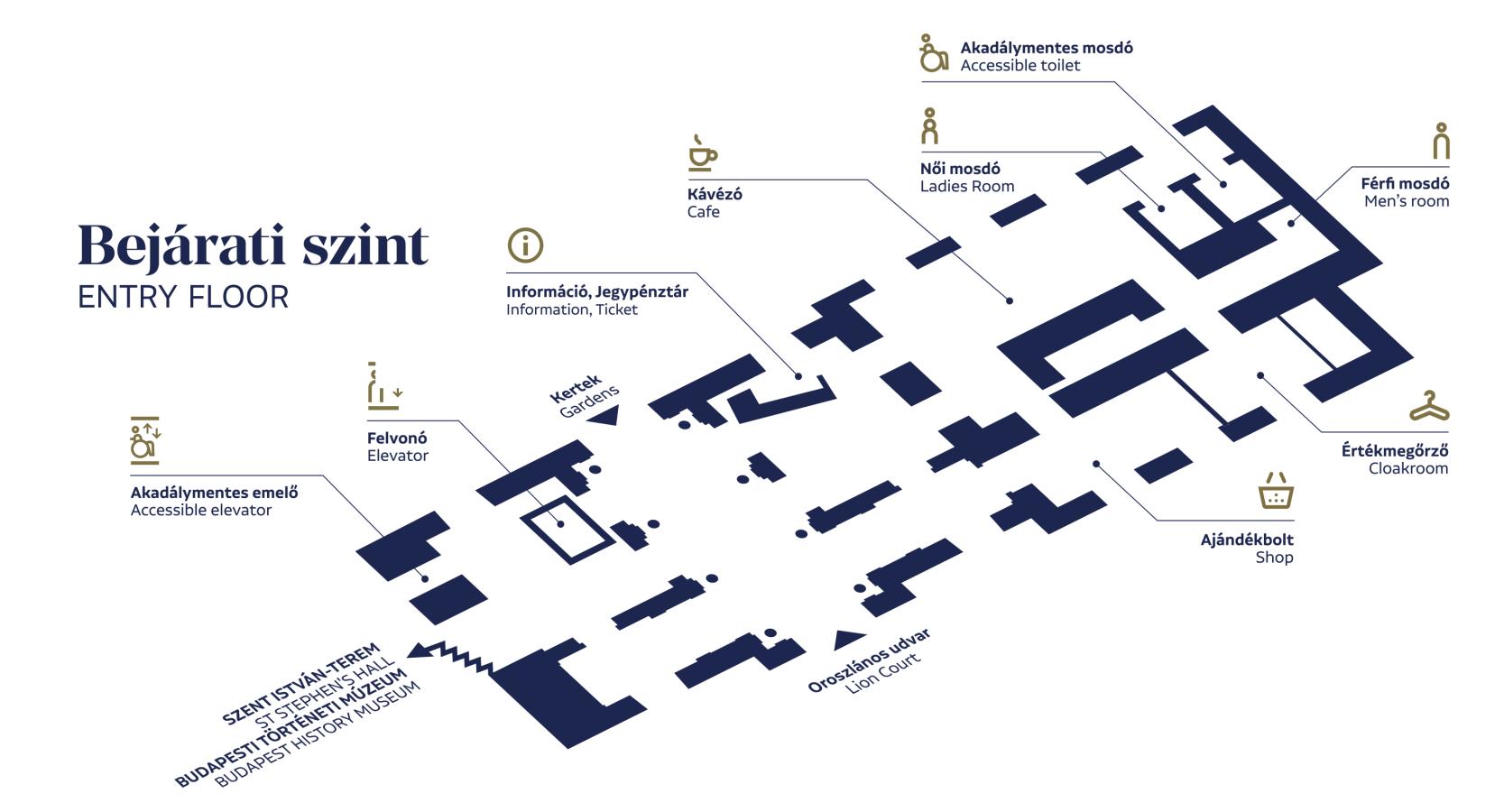
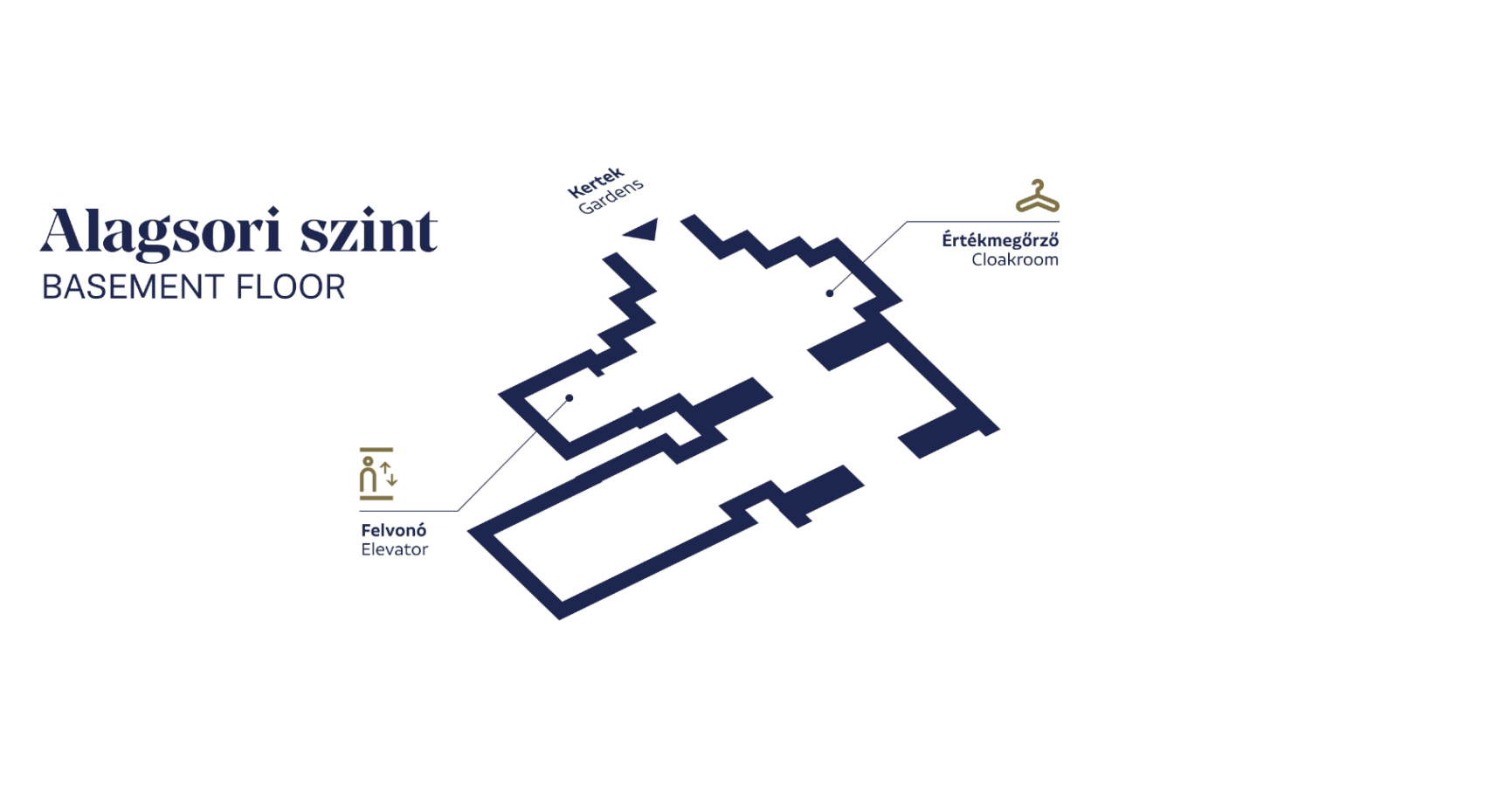
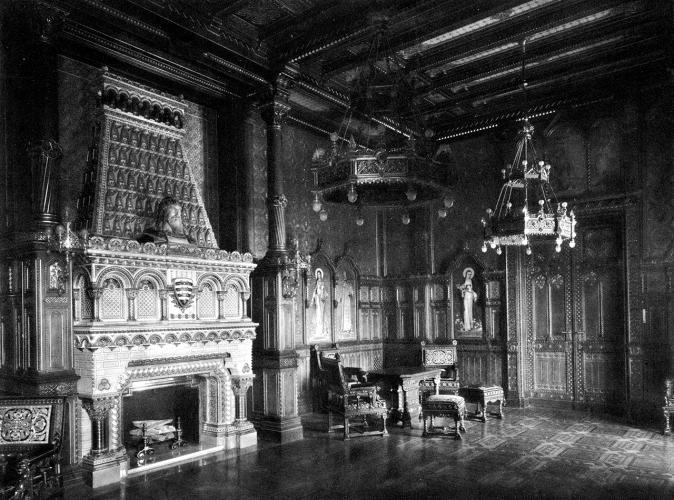

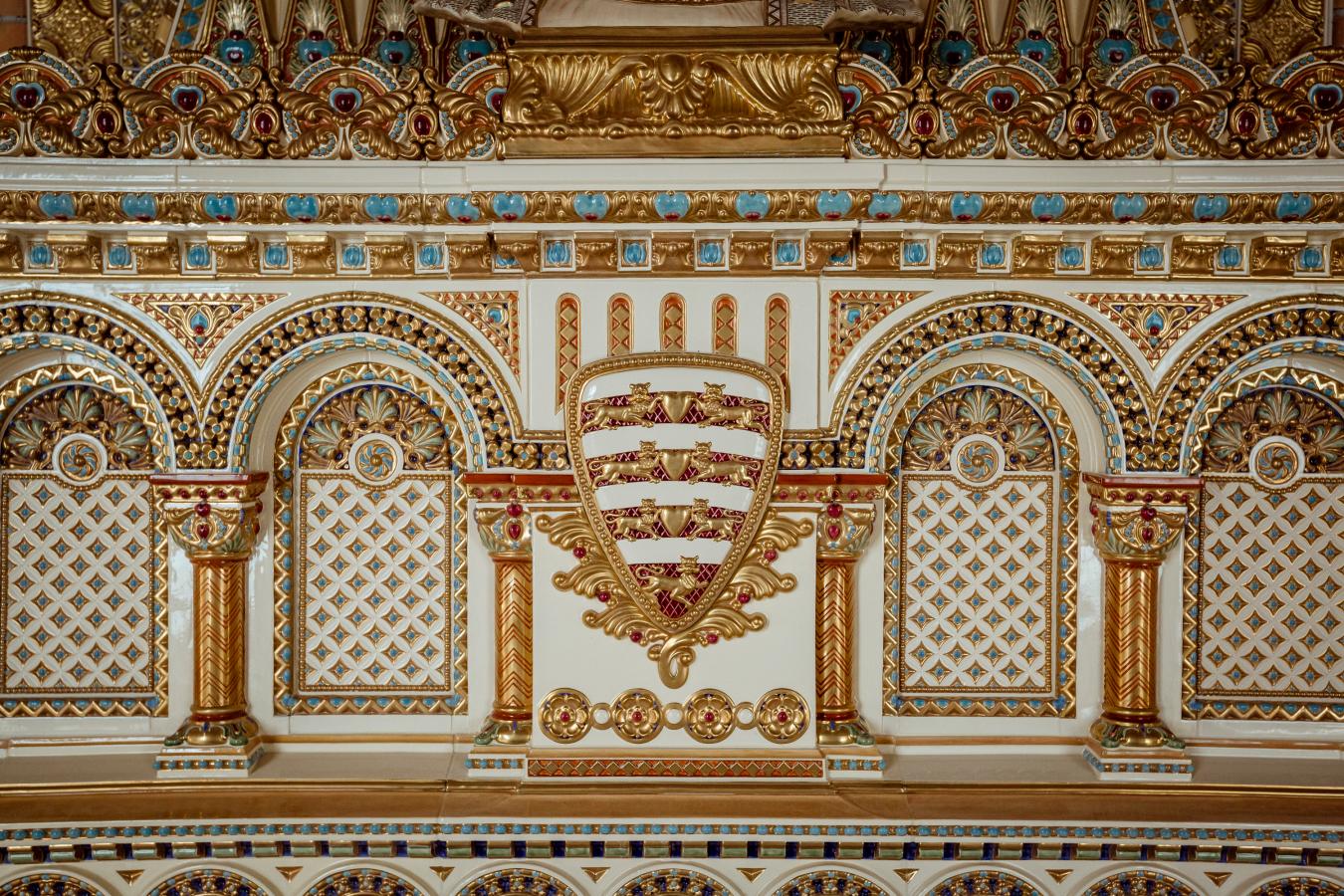
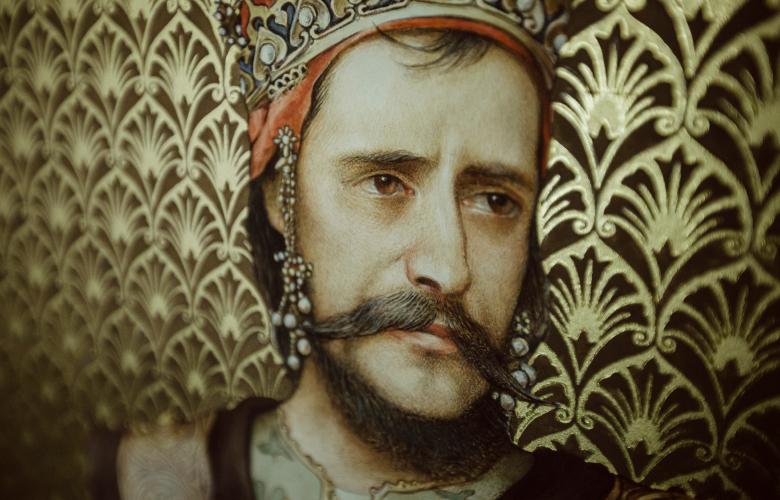
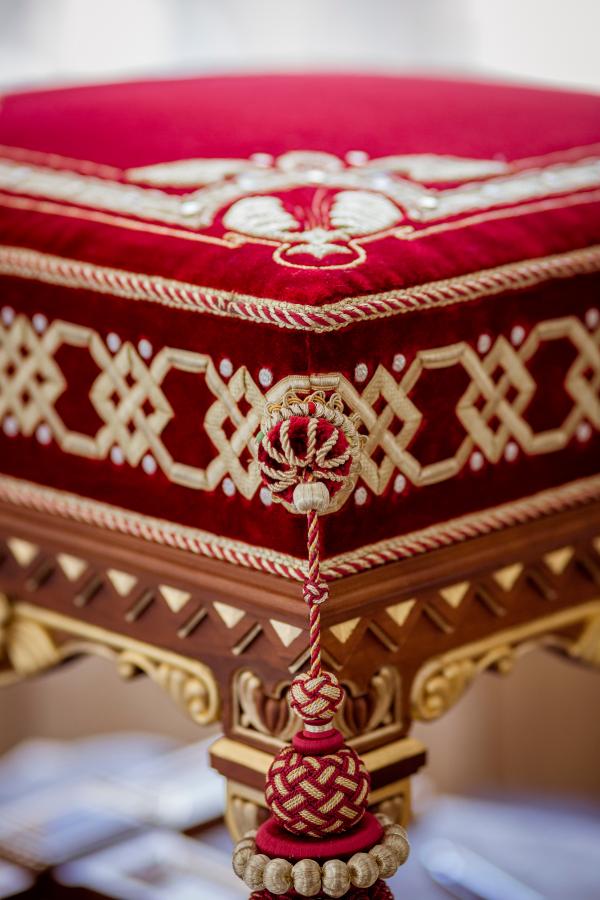

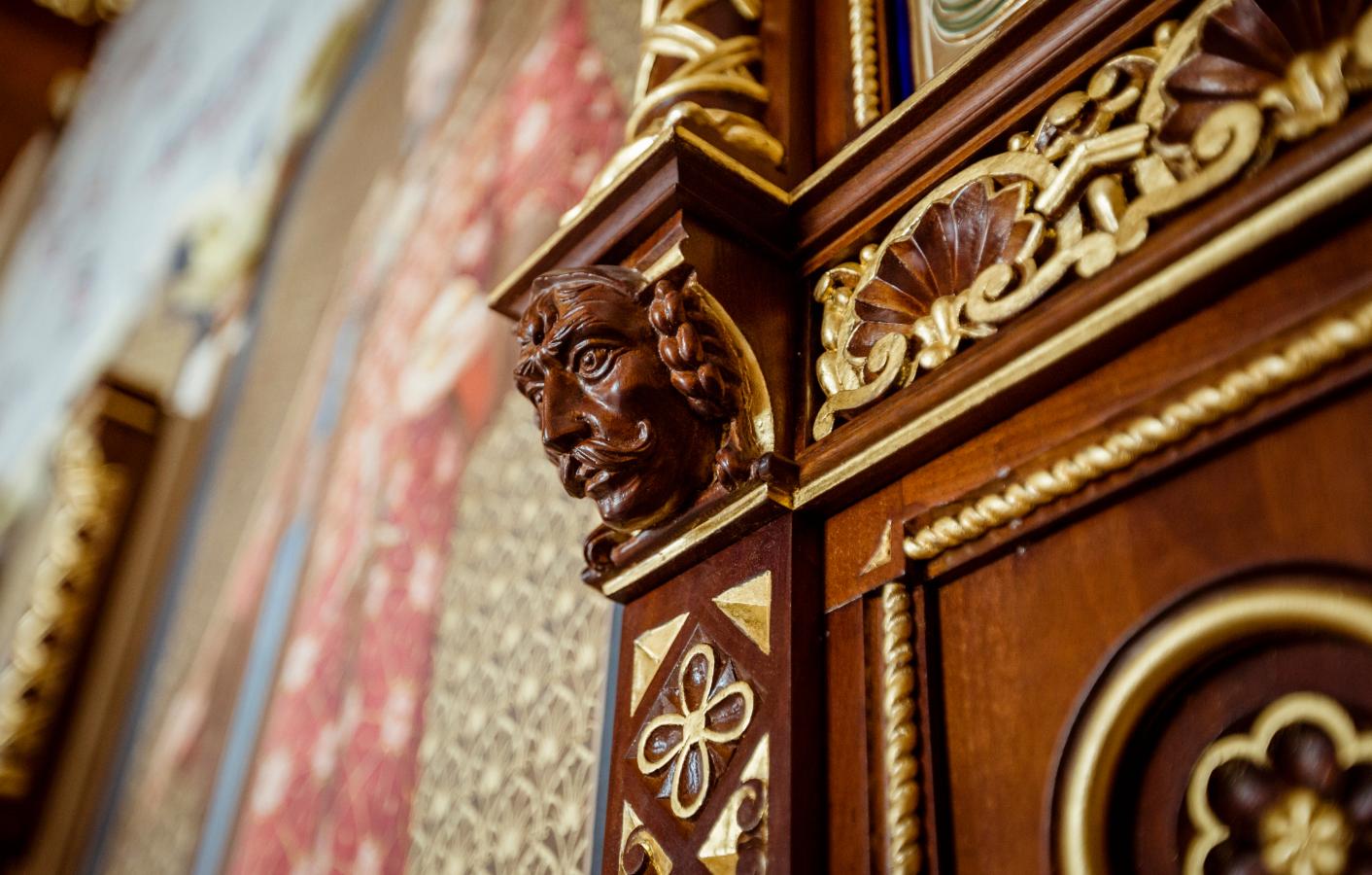
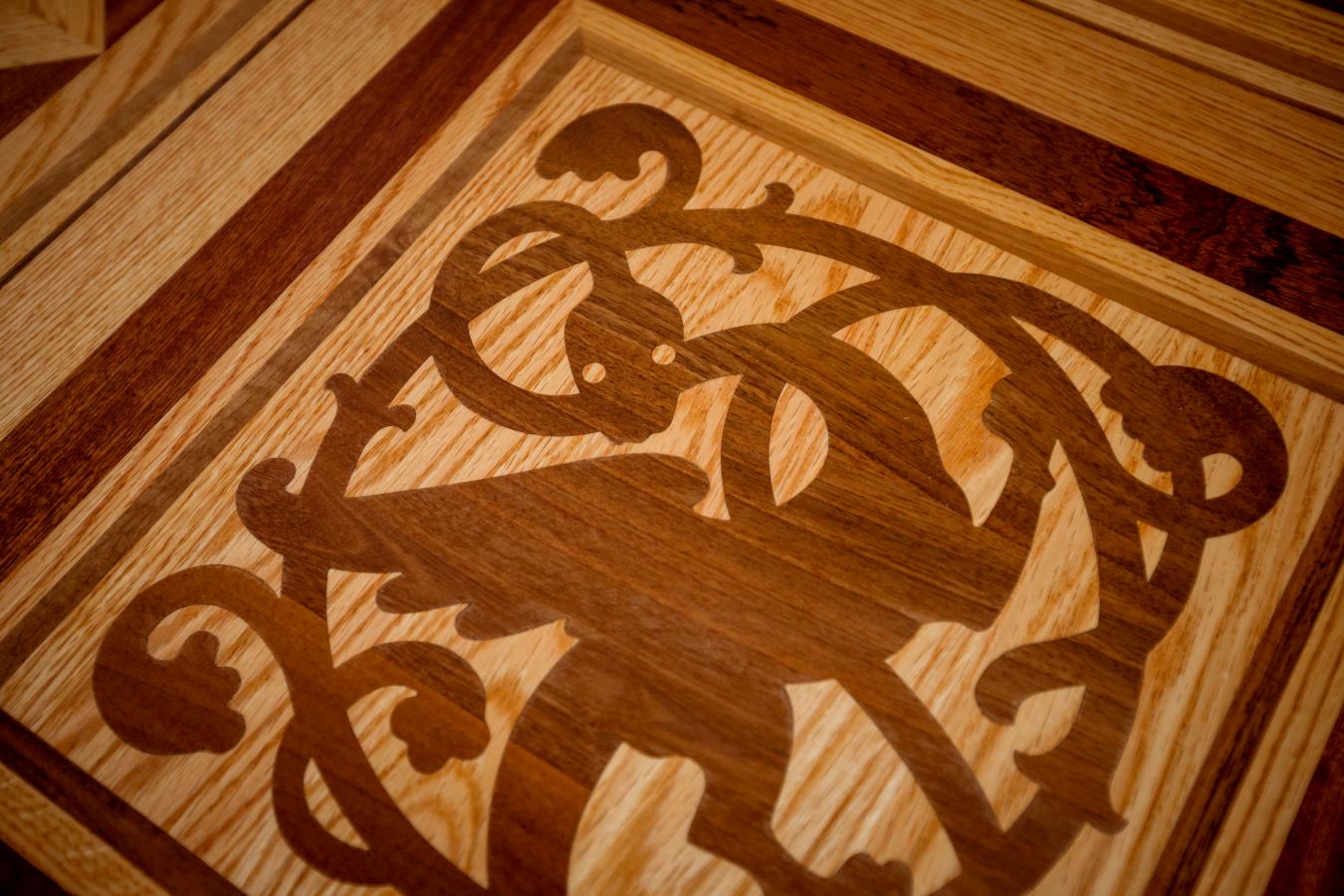
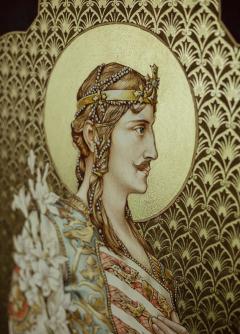
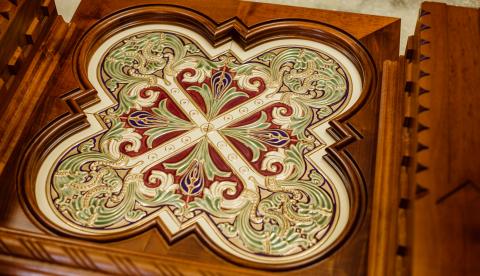
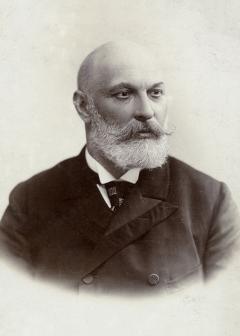
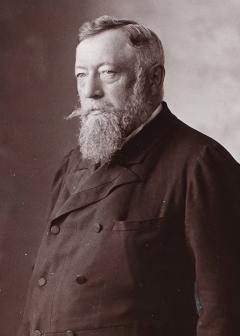
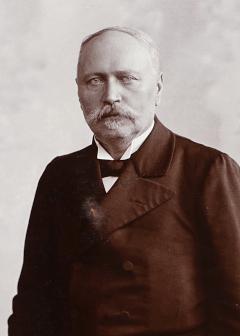
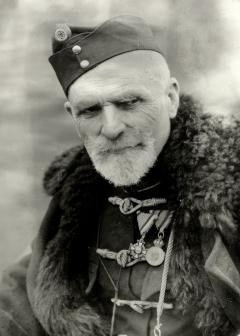
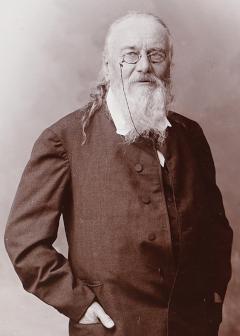
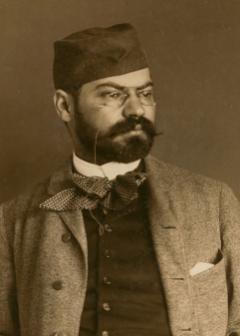
![Haas_II_Fülöp_[Báró_Teicheni_Haas_Fülöp]_h_00363231_150dpi_1280px_ONB](/sites/default/files/styles/creator_item/public/2021-08/Haas_II_F%C3%BCl%C3%B6p_%5BB%C3%A1r%C3%B3_Teicheni_Haas_F%C3%BCl%C3%B6p%5D_h_00363231_150dpi_1280px_ONB.jpg?itok=zCLGgS07)

